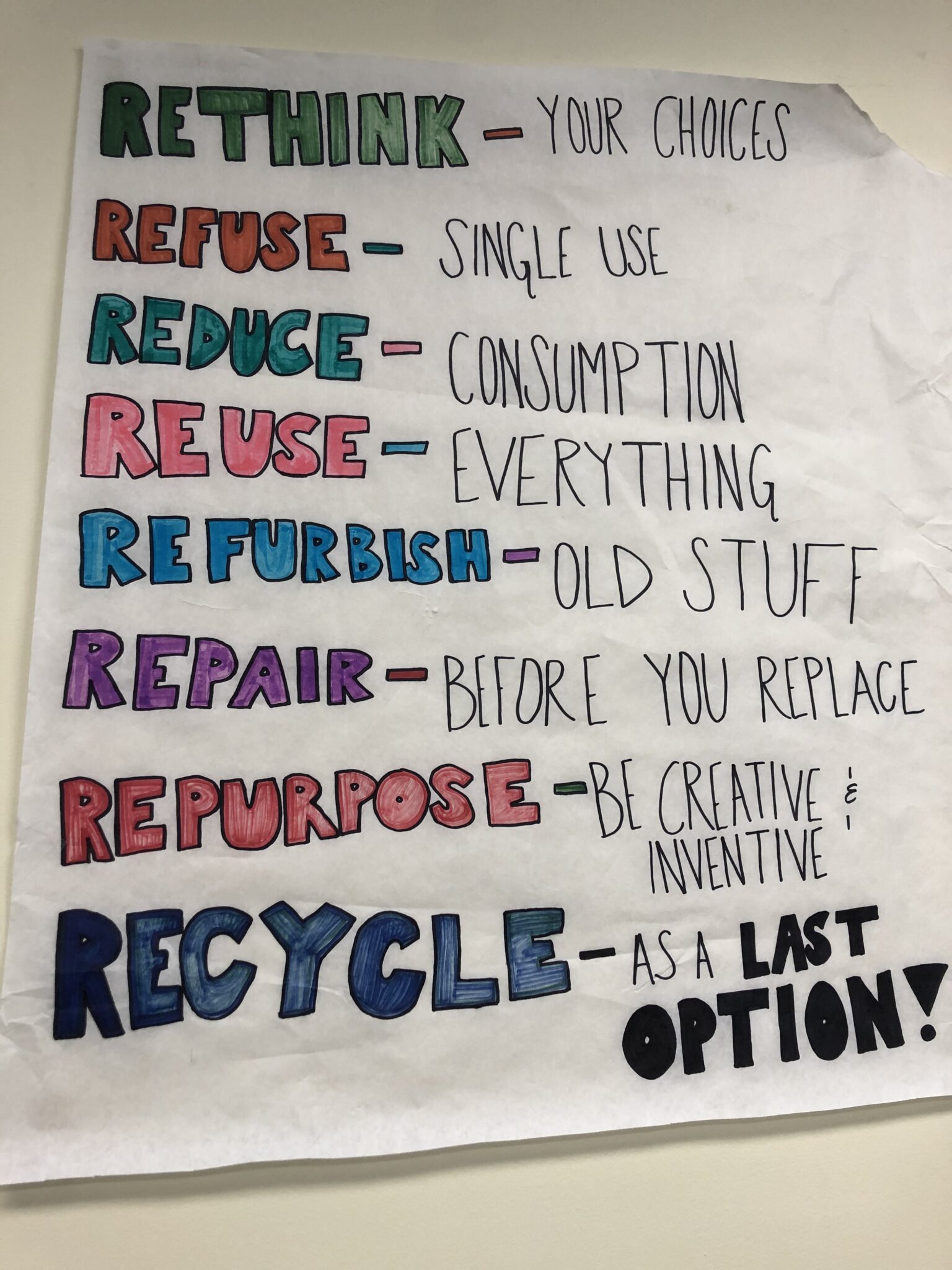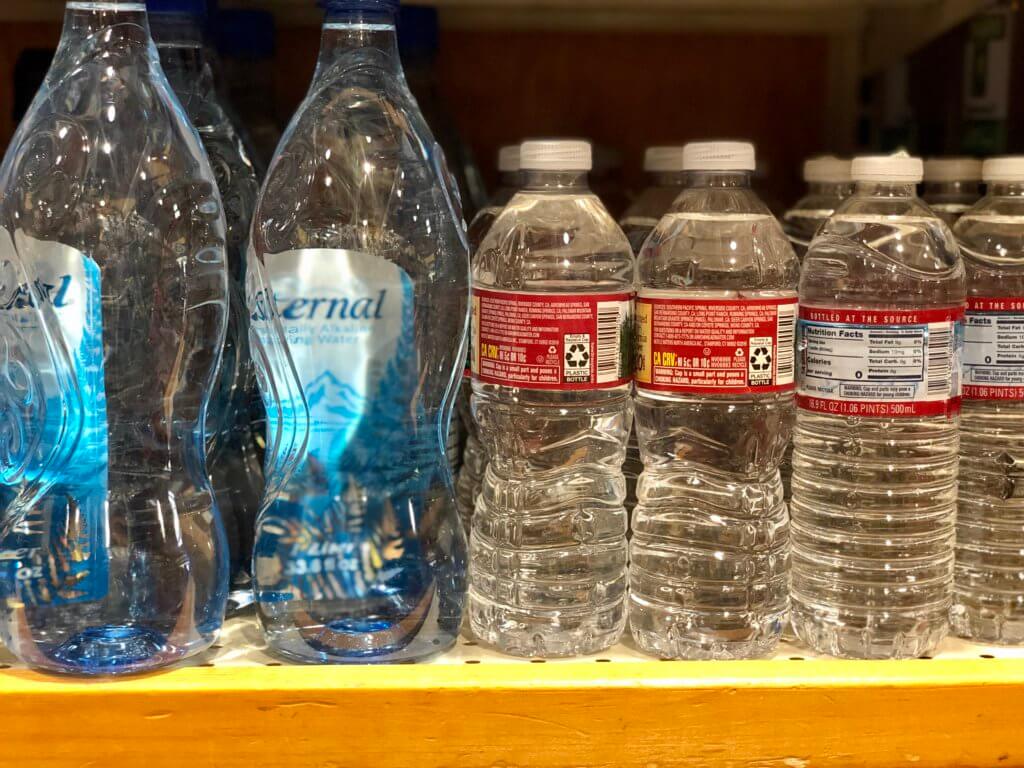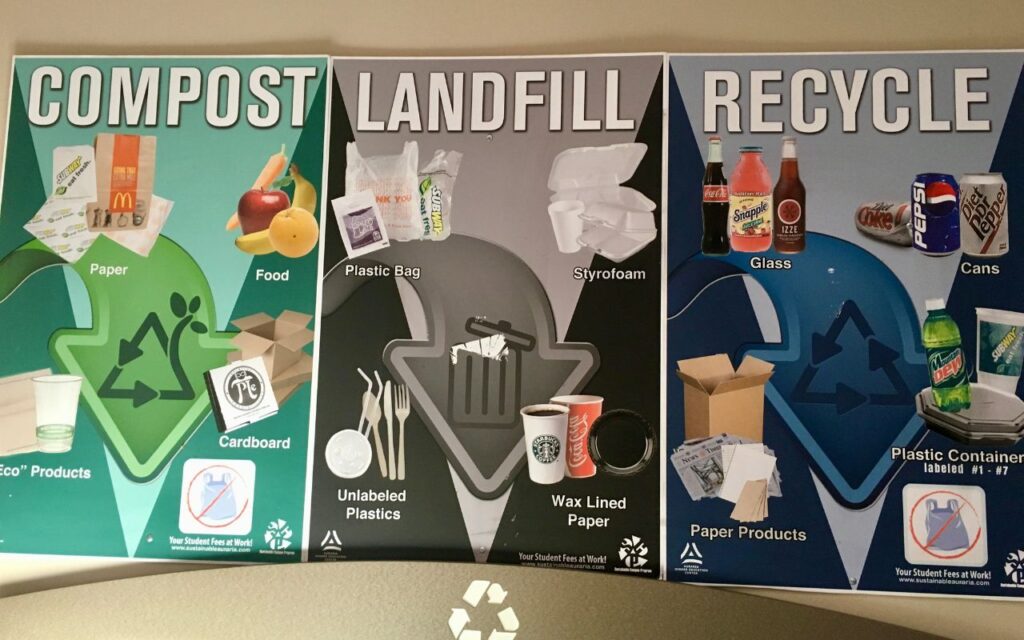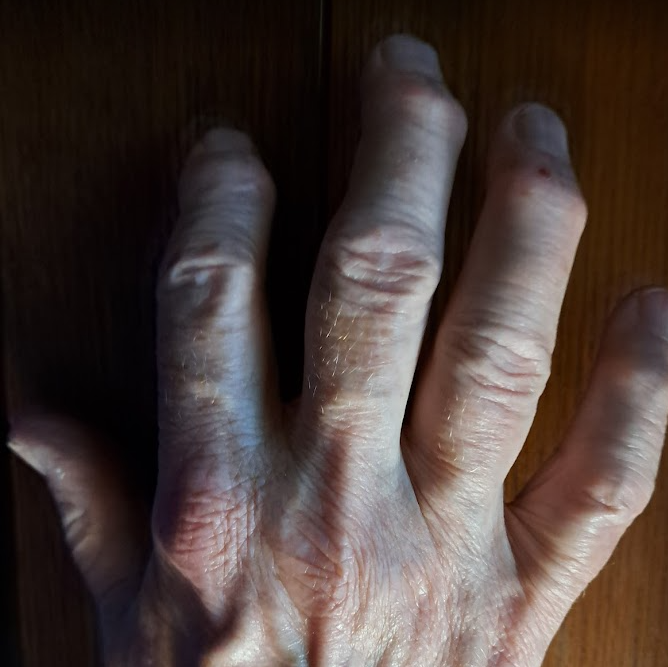[ad_1]
Wondering how to recycle in the kitchen? Check out this guide for recycling food packaging and kitchen recycling tips for reducing your impact on the planet with your daily habits.
We live in a world where environmental awareness has become a prominent fixture. Chances are you take personal steps every day towards a more sustainable lifestyle. One important action step you can make is to recycle in your kitchen. But what is recycling really? Simply put, recycling is the act of taking items that would otherwise be thrown away and instead collecting and processing these waste products to turn them into usable items. Sustainability experts call this “cradle to cradle”, which means that there is no true end life for a product—at the end of its life, the product is reborn as a new product. In the United States, the recycling rate is 34%. So, there is much work to be done! Recycling is an important way you can reduce the amount of trash that ends up in a landfill, as well as slash the resources required to produce items.

Recycling Steps
What happens every time you recycle? Here are the steps, according to the EPA, that your recycled item goes through when you put it into your blue recycling bin:
- Collecting: Recyclables are first collected via pick-up or drop-off services.
- Processing: Recyclables then go through processing which entails sorting, cleaning and processing items. Recyclables are a commodity and are, therefore, bought and sold after processing based on supply and demand.
- Manufacturing: Recyclables are incorporated into products that are sold for the consumption of the general public.
- Purchasing: Consumers purchase products that contain recycled material, thus helping the continuation of recycling and its environmental benefits.

Kitchen Items to Recycle
So, how do you know which items in your kitchen can be recycled? For a clearer understanding, let’s take a closer look:
Kitchen Recyclable Items
These items typically may be recycled:
- Aluminum/steel cans (e.g., soup cans, cans of veggies, coffee cans)
- Aluminum foil and disposable aluminum cookware
- Cardboard packaging (e.g., cereal boxes, milk and juice cartons)
- Paper towels
- Glass bottles and jars
- Plastic bottles, jars, and jugs
Kitchen Non-Recyclable Items
These items typically are not recycled:
- Polystyrene Foam Cups/Containers
- Ceramics (e.g., dishware, ovenware)
- Heat Resistant Glass (i.e., Pyrex)
- Crystal
- Dirty Plastics
- Plastic grocery bags
- Batteries (e.g. battery powered kitchen equipment)
(Source: Waste Management)
Now, be aware that the details on what can and cannot be recycled may vary from city to city; so be sure to check with your local waste management services.

Tips for Recycling in Your Kitchen
Here are some tips for effective kitchen recycling.
1. Carry a shopping tote wherever you go! A great way to reduce plastics is by bringing your reusable shopping tote with you whenever a purchase may occur. Keep some totes in the car to be prepared at a moment’s notice.
2. ALWAYS rinse out recyclables with water before tossing them in the recycling bin. One contaminated item may mean an entire batch of recyclables might be rejected at the recycling center. This is especially pertinent with plastics.
3. Know which plastics are recyclable. The number symbol on the bottom of your plastic container indicates the kind of plastic resin used in that bottle, not necessarily whether or not it can be recycled. The simplest way to determine recyclability is by the shape of the plastic. The best shapes to recycle are bottles, jugs, jars, and tubs. Find out more details from your local recycling plant to determine specific types of plastic resin (the number at the bottom of the plastic) that can be recycled.
| SPI Resin Identification Code | 1 | 2 | 3 | 4 | 5 | 6 | 7 |
| Type of Resin Content | PET | HDpPE | Vinyl | LDPE | PP | PS | OTHER |
| • PET – Polyethylene Terephthalate
• HDPE – High-density Polyethylene |
• LDPE – Low-density Polyethylene
• PP – Polypropylene |
• PS – Polystyrene
• Other – Mixed Plastics |
|||||
Source: EPA
4. Avoid purchasing Household Hazardous Wastes (HHWs). These include the cleaners that you use in your kitchen. Try to purchase non-hazardous alternative products when possible. Check with your local waste management agency for policies on how to get rid of your cleaning products when needed.
5. Recycle batteries. Most communities have collection drives set up for battery disposal. Keep an eye out for these battery-recycling drives!
6. Don’t mix electrical equipment with other recyclables. Find a Waste Management Electronics Drop-Off Center near you for safe disposal of all electronics.
7. Reduce and Reuse! Recycling is wonderful, but reducing your waste is important to keep in mind as well. Reuse your plastic items by washing your containers or zip lock bags out for another use and reduce the number of throw-away items you purchase each week, such as one-use cutlery and plates.
Now go forth and recycle with confidence! With this recycling knowledge and a drive to make a difference in your corner of the world, we can take part in the positive environmental impact of recycling.
For other tips on sustainable living, check out the following blogs:
Image: recycling in Boulder, Colorado, Sharon Palmer, MSFS, RDN
More Tools for Eating and Living the Goodness
[ad_2]






